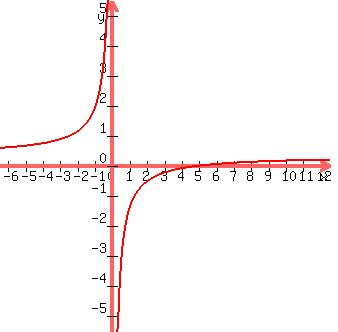.
How would I solve the following rational inequality:
(x-5/3x) < 3
---------------------------------------------
 < 3. (1)
1. Assume that x > 0.
Multiply both sides of (1) by 3x, which is positive in this case. You will get an inequality
x - 5 < 9x ---> -5 < 8x ---> x >
< 3. (1)
1. Assume that x > 0.
Multiply both sides of (1) by 3x, which is positive in this case. You will get an inequality
x - 5 < 9x ---> -5 < 8x ---> x >  .
Thus he solution in this case is the set of real {x | x > 0}, i.e the interval (
.
Thus he solution in this case is the set of real {x | x > 0}, i.e the interval ( ,
, ).
2. Assume that x < 0.
Multiply both sides of (1) by 3x, which is negative in this case. You will get an inequality
x -5 > 9x ---> -5 > 8x ---> x <
).
2. Assume that x < 0.
Multiply both sides of (1) by 3x, which is negative in this case. You will get an inequality
x -5 > 9x ---> -5 > 8x ---> x <  . <---- Notice that I changed the inequality sign when multiplied by negative number!
Thus he solution in this case is the set of real {x | x <
. <---- Notice that I changed the inequality sign when multiplied by negative number!
Thus he solution in this case is the set of real {x | x <  }, i.e the semi-infinite interval (
}, i.e the semi-infinite interval ( ,
, ).
Answer. The solution is the union of two intervals: (
).
Answer. The solution is the union of two intervals: ( ,
, ) U (
) U ( ,
, ).
).
The plot of the function f(x) =  is shown below.
is shown below.

Figure. Plot y = 
|